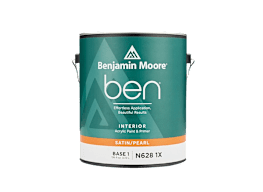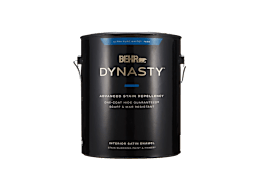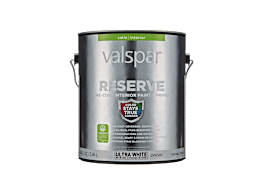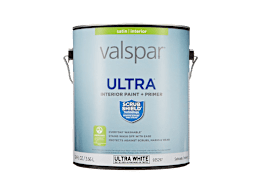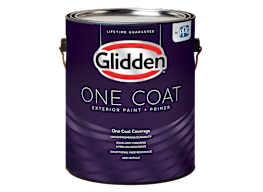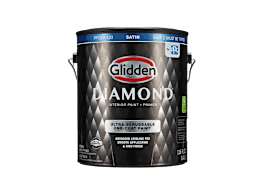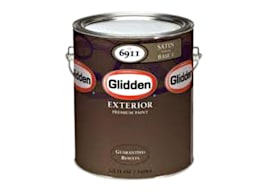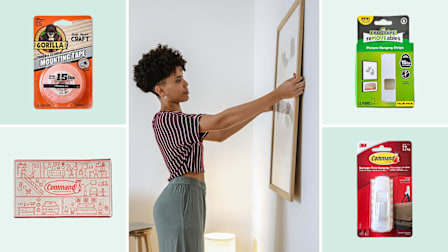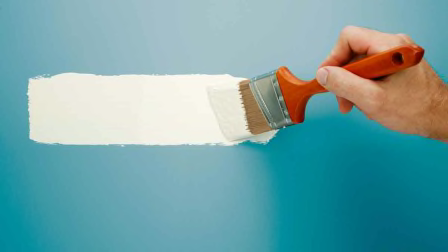How to Paint a Room
Our expert tips will help you save time and money without sacrificing looks
When you shop through retailer links on our site, we may earn affiliate commissions. 100% of the fees we collect are used to support our nonprofit mission. Learn more.
Even the top-performing paints in Consumer Reports’ tests won’t look good if you don’t apply them properly. Thin spots, roller marks, and paint runs are just some of the imperfections that will mar the finished result.
Step 1: Prep the Paint
Pour a thick film of paint into the sloped section of the tray until the reservoir is filled about halfway. (Disposable liners will save time with cleanup.) A plastic paint pourer, which costs a few bucks at hardware stores and home centers, will help prevent spills. Punching a few holes around the rim of the can with an awl or large nail is another way to minimize the mess.
Step 2: Cut in the Edges
Sometimes called trimming in, cutting in is when you paint a strip a couple of inches wide around any borders of a wall where the paint roller can’t easily reach. The process traditionally calls for painter’s tape to protect adjacent surfaces, but our experts get excellent results in a fraction of the time with a plastic paint edger. The tool, which costs a few bucks anywhere paint is sold, features a woven pad and guide wheels that roll along the trim, ceiling, or corner.
Rather than dipping the edger into the paint tray, load it using a roller. That will help prevent the wheels from catching paint and creating a mess. Then you’re ready to cut in the room by running the tool along its various edges, with the wheel side facing the edge. Reload the paint using the roller as needed.
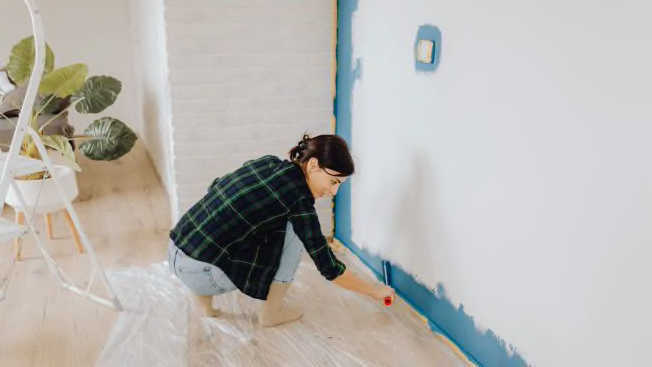
Photo: Getty Images Photo: Getty Images
Step 3: Roll on the Walls
Once the entire room is cut in, switch to the roller to fill in the large fields. This is the most satisfying part of the project, as the room fills with new color. But you need to use the correct technique or the finish will have all sorts of imperfections, some of which won’t be apparent until the paint dries.
We like short-nap rollers (¼ inch deep) for most interior projects because they tend to result in less splatter while still rolling on a smooth, thick coat—provided you follow what we like to call the four S’s.
Saturate. Load the roller by passing it through the paint several times to force in the paint. Then do a few lighter passes until the paint is just about dripping from the roller.
Smear. In a 2x2-foot section smear the paint in an X, V, or Z pattern.
Spread. Spread the paint to cover the 2x2-foot section. It doesn’t matter which way you roll because you’re going to smooth it over.
Smooth. Do a series of single roller passes from top to bottom to smooth it out.
Repeat this process in 2x2-foot sections until the room is finished.
Though this technique should deliver perfect results, it’s always a good idea to keep leftover paint for future touch-ups. If you’re using the original container, close the lid tightly, tapping it with a hammer. Write the date you used the paint and the room you painted with a permanent marker. Don’t store it in sunlight, near a heat source, or where it might freeze.
Top 3 Interior Paints
Choose the wrong paint and it can cost you in more ways than one. These top formulas have been lab-tested and proved to be durable and excellent at hiding dark colors and resisting stains. To see more paint options, check out our full interior paint ratings, which include those below, along with formulas from Kilz, PPG, Benjamin Moore, and others.
How to Paint
Do you have some painting projects planned for your home? On the “Consumer 101” TV show, Rico de Paz, who tested paint at CR for over a decade, shows host Jack Rico how to give walls the perfect coat.
















